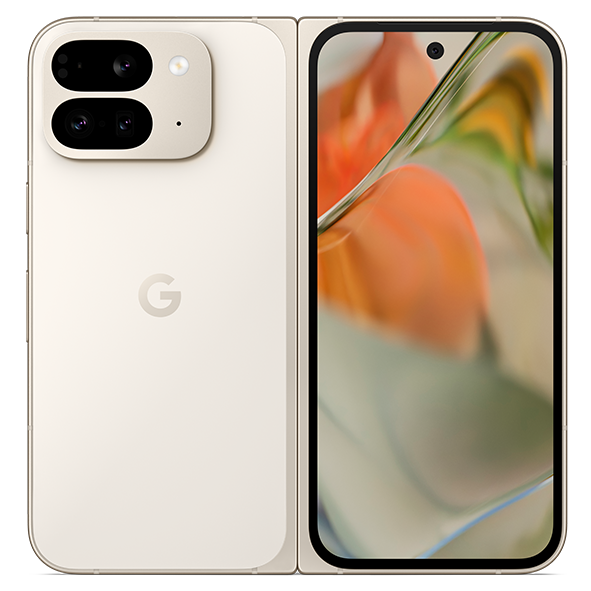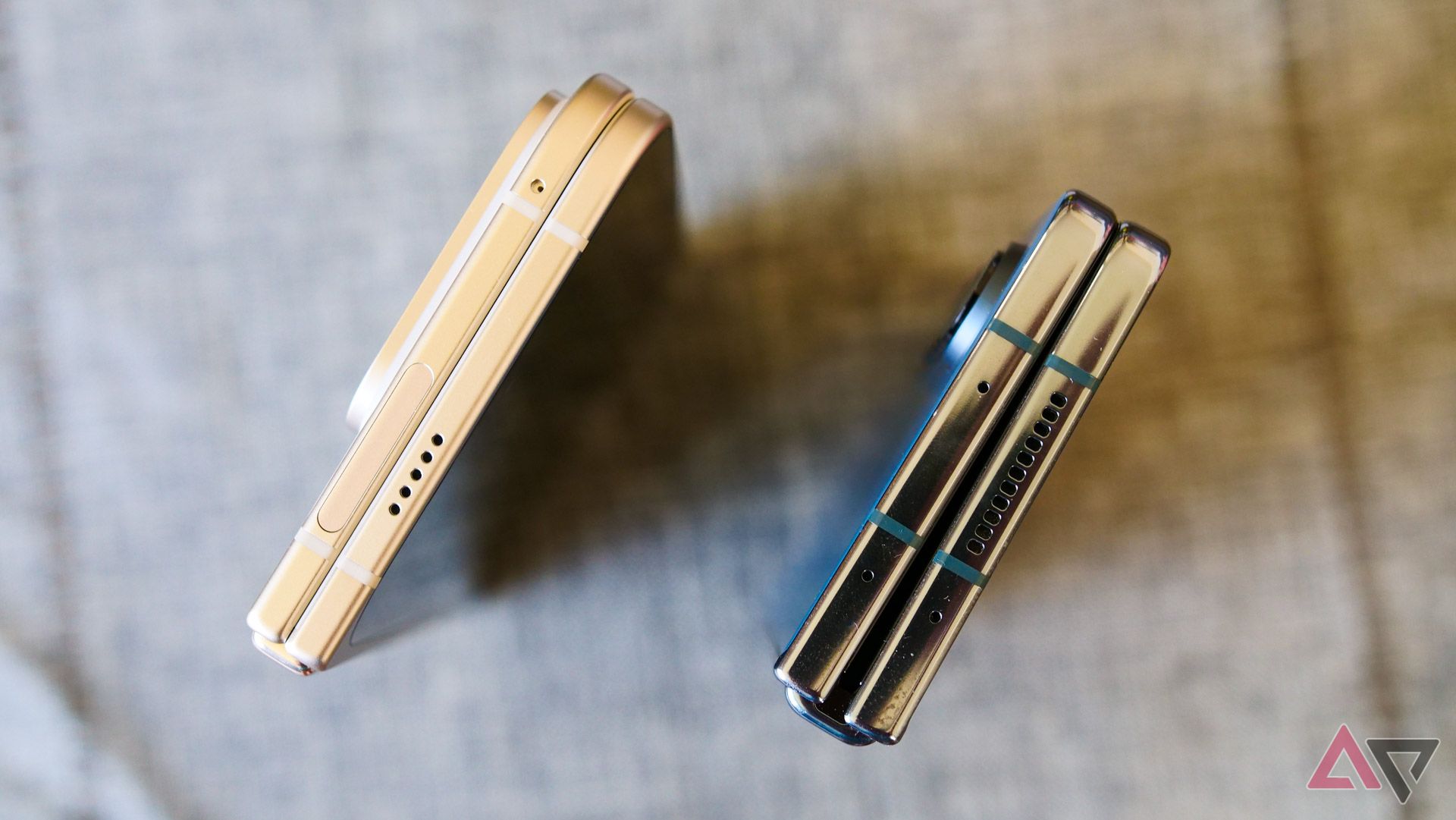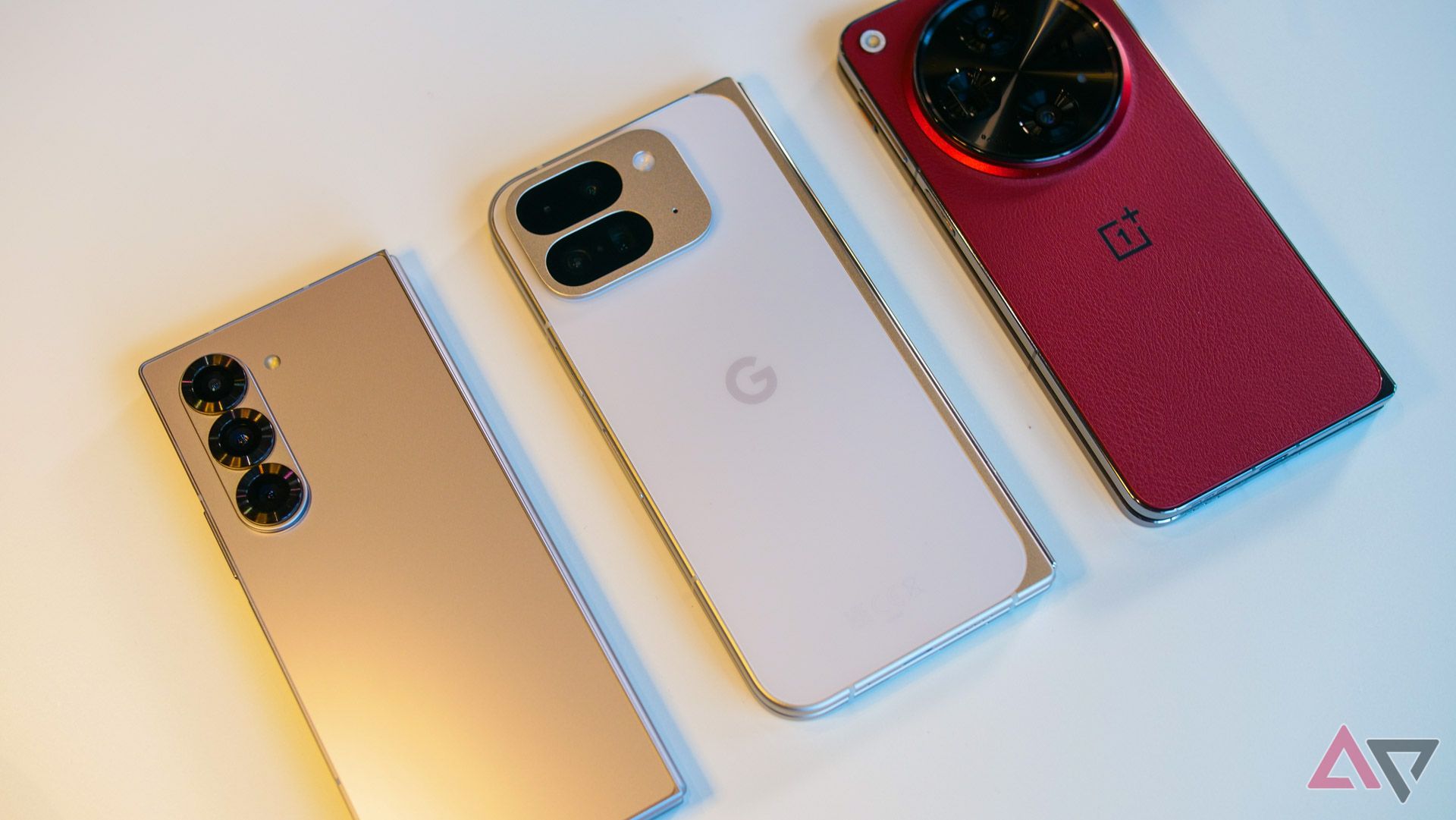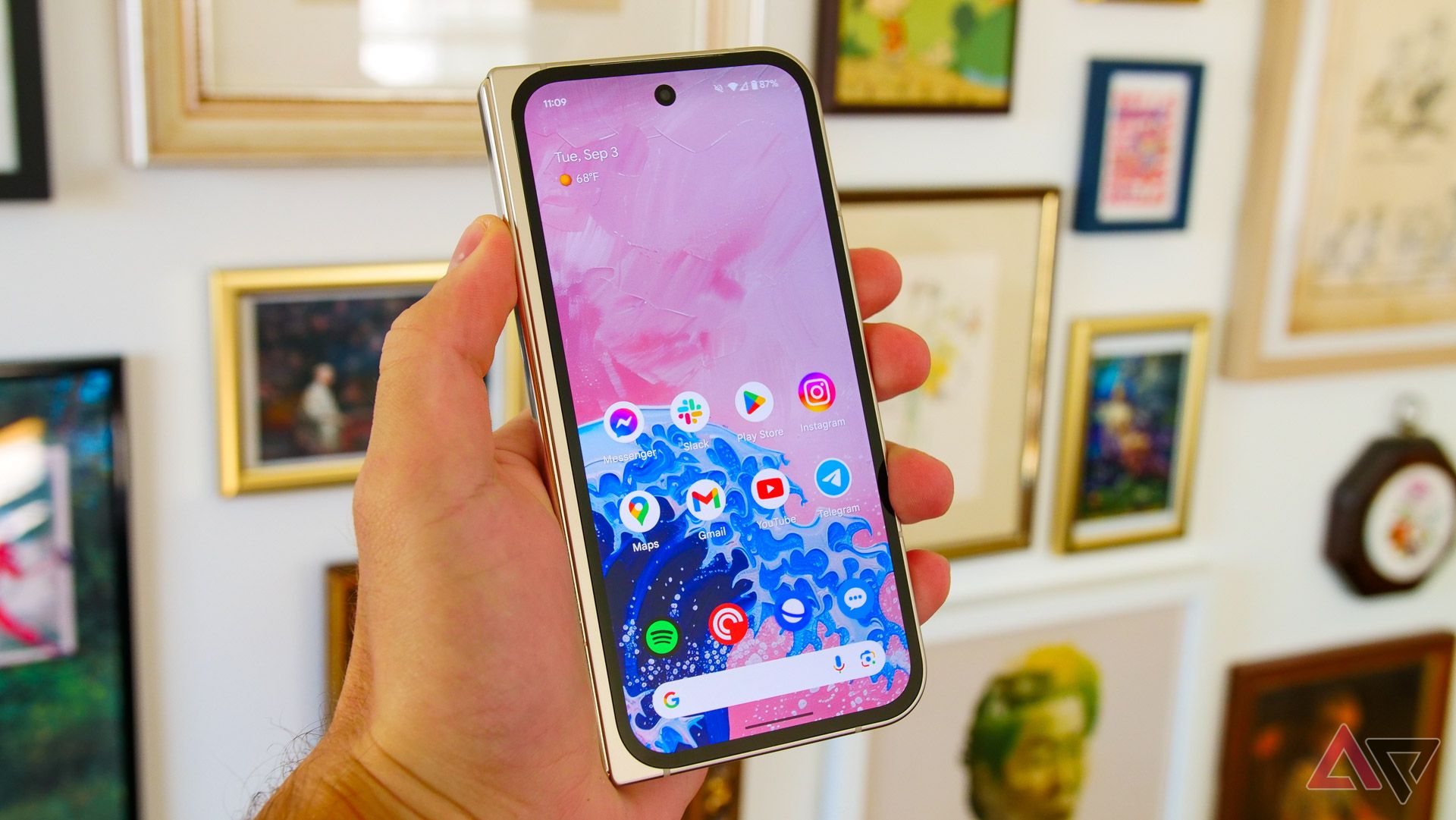Allow me to let you in on a phone reviewer’s secret: you never really know what to expect when you’re unboxing a new device. Sure, I never enter into a review period without some serious expectations, but even a seemingly small year-over-year upgrade can still lead to some surprising moments. Nearly a week into my time with the Pixel 9 Pro Fold, I’ve run into plenty of those, but nothing’s caught me quite as off-guard as how huge of a difference this thinner chassis makes when deciding to carry around a foldable.
Foldables are catching up to the sleek, no-compromise build of your dreams
But North America has a long way to go
Since the launch of the original Galaxy Fold in 2019, foldables have come with one pretty big compromise (okay, maybe a few compromises, but for the sake of this conversation, let’s set aside price, durability, and camera quality). Nearly every folding phone launched in the US could, at best, be described as “chunky.” That first foldable from Samsung measured in at a whopping 15.5mm when folded shut, and technically, the fourth-gen Galaxy Z Fold 4 was slightly thicker at its peak of 15.8mm.
But over the past eighteen months, we’ve seen that start to change. The Galaxy Z Fold 5 finally closed Samsung’s gap with its rivals (quite literally), allowing for a fifth-gen foldable that closed at 13.4mm — a massive leap forward. Google and OnePlus took things even farther with their respective first-gen hardware, measuring in at 12.1mm and 11.7mm, respectively. Compared to just a couple of years ago, both the Pixel Fold and OnePlus Open felt positively svelte, both in your hand and your pocket.
This isn’t a repeat of the original Pixel Fold, where I could feel my hands getting fatigued just from holding the device for long periods of time.
That came with a massive caveat, of course. Chinese OEMs like Honor and Xiaomi have long since blown past the competition to offer multiple devices well under 10mm, complete with a matching lighter chassis. But those phones don’t cross over to North America, leaving a pretty sizable gap in the US market for folding phones that don’t require cargo pants to feel comfortable carrying.
While it might not be at the sub-10mm mark just yet, I think the Pixel 9 Pro Fold is the first phone officially available stateside that doesn’t feel like a compromised experience whenever it’s in your pocket. And frankly, that’s a big deal.
The Pixel 9 Pro Fold is slim enough to forget it’s a foldable
But its heavier weight remains an issue
I’ve been carrying the Pixel 9 Pro Fold as my daily driver since last Wednesday, coming off two weeks with the Pixel 9 Pro. It shouldn’t come as much of a surprise that, despite the same 6.3-inch outer display size, this phone feels substantially larger than Google’s “small” flagship. It is chunkier, it’s a hell of a lot heavier, and thanks to the larger bezel and its left-side hinge, its overall footprint just takes up a lot more space in your hand.
But not so much that I ever felt weighed down by this device. Yes, the Pixel 9 Pro Fold is heavier than its direct competition; at 257 grams, it’s nearly 20 grams heavier than both the Galaxy Z Fold 6 and OnePlus Open. But this isn’t a repeat of the original Pixel Fold, where I could feel my hands getting fatigued just from holding the device for long periods of time. And thanks to that thinner 10.5mm chassis, this phone actually feels substantially more comfortable in my pocket than either of its lighter rivals, something I didn’t fully expect when I first unboxed the 9 Pro Fold.
These changes add up to a phone that was not immediately obviously foldable to those around me, which is practically what I’ve wanted from the jump. As convenient as folding phones can be when you’d rather not carry more than one device, it has come at the cost of comfort and portability. Now, the Pixel 9 Pro Fold’s only effect on your pockets is draining nearly $2,000 out of them.
We’ve come a long way since the first Galaxy Fold
Who knows where we’ll be in another five years?
That’s not to say Google should rest on its laurels. This phone still feels heavy in certain circumstances, like when using the device while laying down, where gravity has a nasty habit of taking over. But if you’ve been staying away from folding phones while waiting for a thinner, more manageable chassis, I think we’re just about there. And if companies like Samsung and OnePlus actually respond in turn, our options in the US could finally start to look — and feel — a lot more like those in China and Europe. Finally, some real competition.

Google Pixel 9 Pro Fold
Google’s foldable series has a new name. The successor to the 2023-released Pixel Fold is the Pixel 9 Pro Fold, starting at $1,800. It boasts a bigger eight-inch Super Actua inner display, paired with a 6.3-inch outer display, and is powered by Google’s new Tensor G4 chipset. Paired with 16GB of RAM, it’s significantly faster — and more power-efficient — than its predecessor.
Source link



